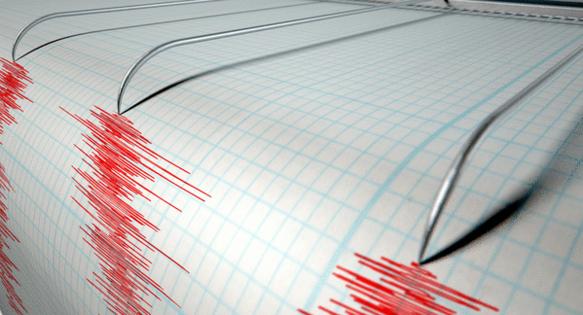What's behind the more than 130 small earthquakes hitting Northern California?
Published in Science & Technology News
A series of more than 100 earthquakes has hit Northern California, shaking up the Geysers geothermal steam field in Sonoma and Lake counties.
Since Thursday, at least 131 earthquakes have been recorded — as small as magnitude 0.2 and as big as magnitude 4. The largest earthquake was recorded at 5:48 a.m. Pacific time Thursday, with an epicenter 10 miles east of Cloverdale, 20 miles northwest of Calistoga and 26 miles north of Santa Rosa.
Small earthquakes are common in the Geysers geothermal steam field. The Geysers-Clear Lake area is one of California’s eight volcanic areas, and the Geysers steam field — on the southwest area of the volcanic field — is home to one of the world’s most productive geothermal power facilities, according to the U.S. Geological Survey.
Power is produced using the steam generated from the volcanic field. Despite its name, no geysers exist in the Geysers-Clear Lake area, the USGS says. The Geysers provide electricity to Sonoma, Mendocino, Lake, Marin and Napa counties, the agency says, and power has been generated from the area since 1960.
Northern California’s greatest seismic hazard are on faults, such as the San Andreas and Healdsburg-Rodgers Creek faults, which are miles away from this geothermal field, according to the USGS.
“Activities associated with the withdrawal of steam for producing electric power cause or induce small quakes to occur in the field,” the agency says.
One possible reason for that, the USGS says, is that taking away steam and heat from the steam field can “cause the surrounding rock to contract, which in turn can induce earthquakes as a result of the contractional stresses.”
Also, reclaimed cold water from Santa Rosa and Lake County is pumped to the Geysers, and the interaction with hot rock appears to be “a significant factor in inducing the earthquakes,” the agency says.
The USGS says that the largest quake to ever hit the Geysers area was about a magnitude 4.5.
“It is possible that a magnitude 5 could occur, but larger earthquakes are thought to be unlikely. In order for a larger earthquake to occur, it is necessary that a large fault exist,” the USGS says, and “at the Geysers, no such continuous fault is known to exist.”
©2025 Los Angeles Times. Visit at latimes.com. Distributed by Tribune Content Agency, LLC.







Comments